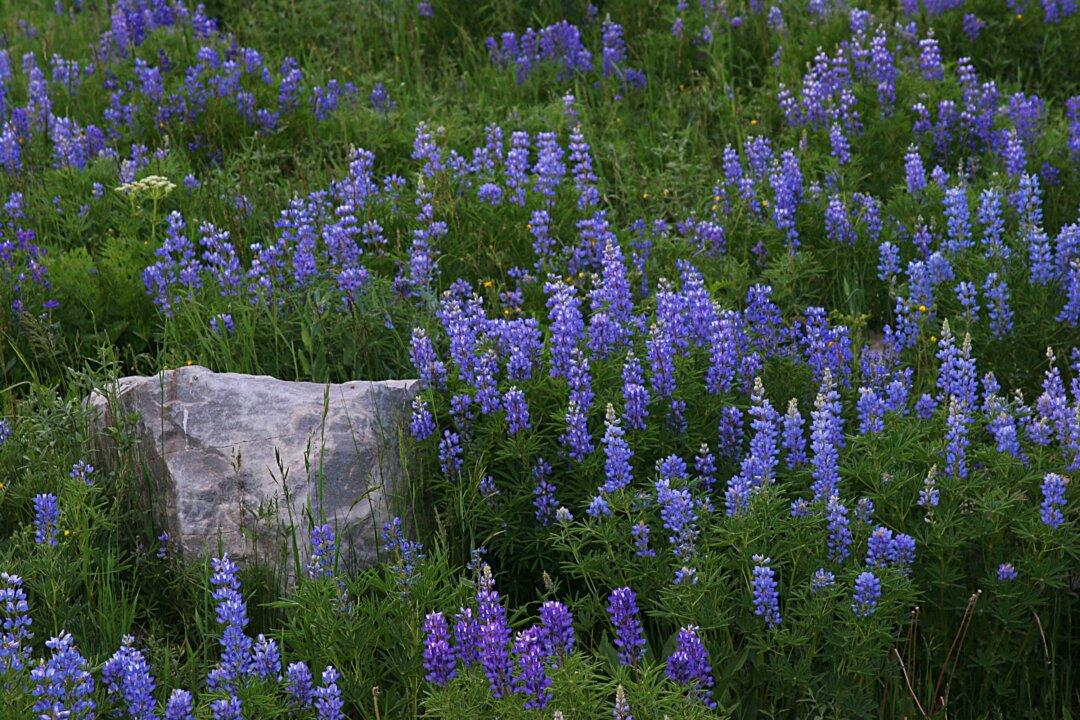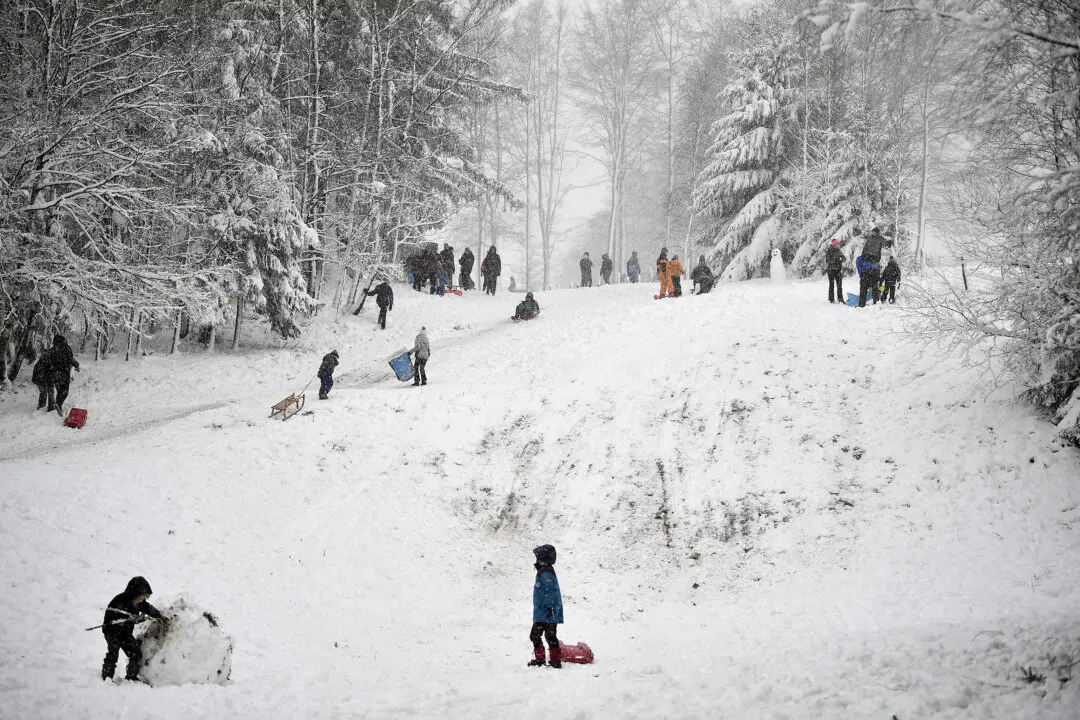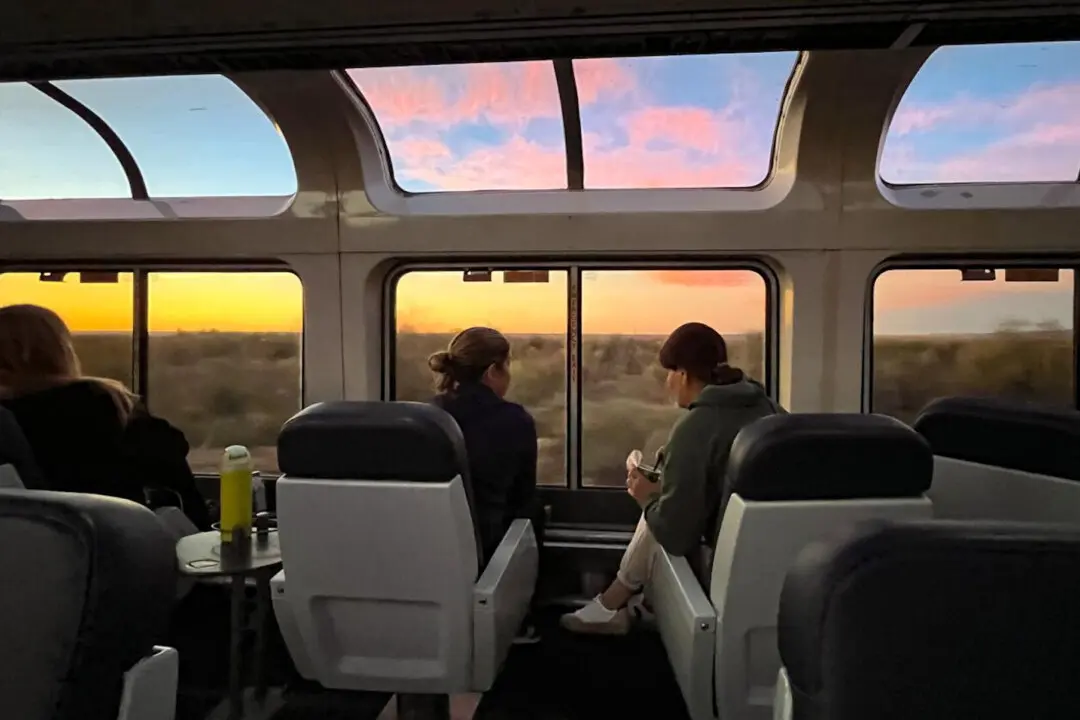Denver—With Colorado’s snowpack ranging from ample to exceptional this spring, hikers who adore wildflowers may already be envisioning days of strolling along lush landscapes of spectacular blooms under columbine-blue skies when all that snow melts.
It could well happen this summer. But because several factors affect the quality of wildflower seasons, and some of them have yet to play out, experts say it’s too soon to predict whether wildflower viewing will be good this year or great. It depends on what happens over the next few weeks.
“The mountains are probably going to have a pretty good year,” said Thomas Bates, a plant ecologist for the Arapaho and Roosevelt national forests, which encompass the northern Front Range high country. “The critical time is not now, because there’s still snow. It’s that three to six weeks after the snow melts. We have ample moisture, but it does depend on how that moisture comes off—in the timing, and the rate.”
A hot spell would speed up the rate of snowmelt, perhaps with detrimental effects. If temperatures are cool, or conditions are too wet, blooms could be delayed. Warmth with low humidity could mean some of the snowpack will evaporate without becoming liquid, a process called sublimation.
“That can eat up a lot of the moisture,” Bates said. “If you have really dry atmospheres, that’s going to prevent water from getting into the system. If it melts too fast and runs off without soaking in, that’s going to have an effect.”
In California, which has seen astonishing snowfall and rain from a persistent “atmospheric river” of moisture flowing from the Pacific Ocean—which also augmented Colorado’s above-average snowpack—“super blooms” have been reported. The California Department of Parks and Recreation posted a guide on its website directing wildflower fans to the best places for viewing from the Bay Area to southern California. Desert blooms have been reported in southern California and Arizona.
“For those types of deserts, it really is as simple as when it rains all winter, the flowers are crazy,” said Tyler Johnson, botanist for the Rocky Mountain Region of the U.S. Forest Service. “For Colorado, it’s not that straightforward, even for our deserts and dry places like grasslands and prairies. Because the vast majority of the wildflowers in Colorado grow for multiple years, there are some legacy impacts from how wet or dry previous winters and summers were that will impact how prevalent the blooms are this year.
“That’s not to say blooms won’t be good this year, they will be, it just won’t approach ‘super blooms’ until we get a few wet winters in a row.”
The timing of Colorado wildflower blooms unfolds in an opposite way from fall foliage progression. Wildflower peaks occur first in the southern part of the state and progress north. They also start at lower elevations and progress to higher locations.






